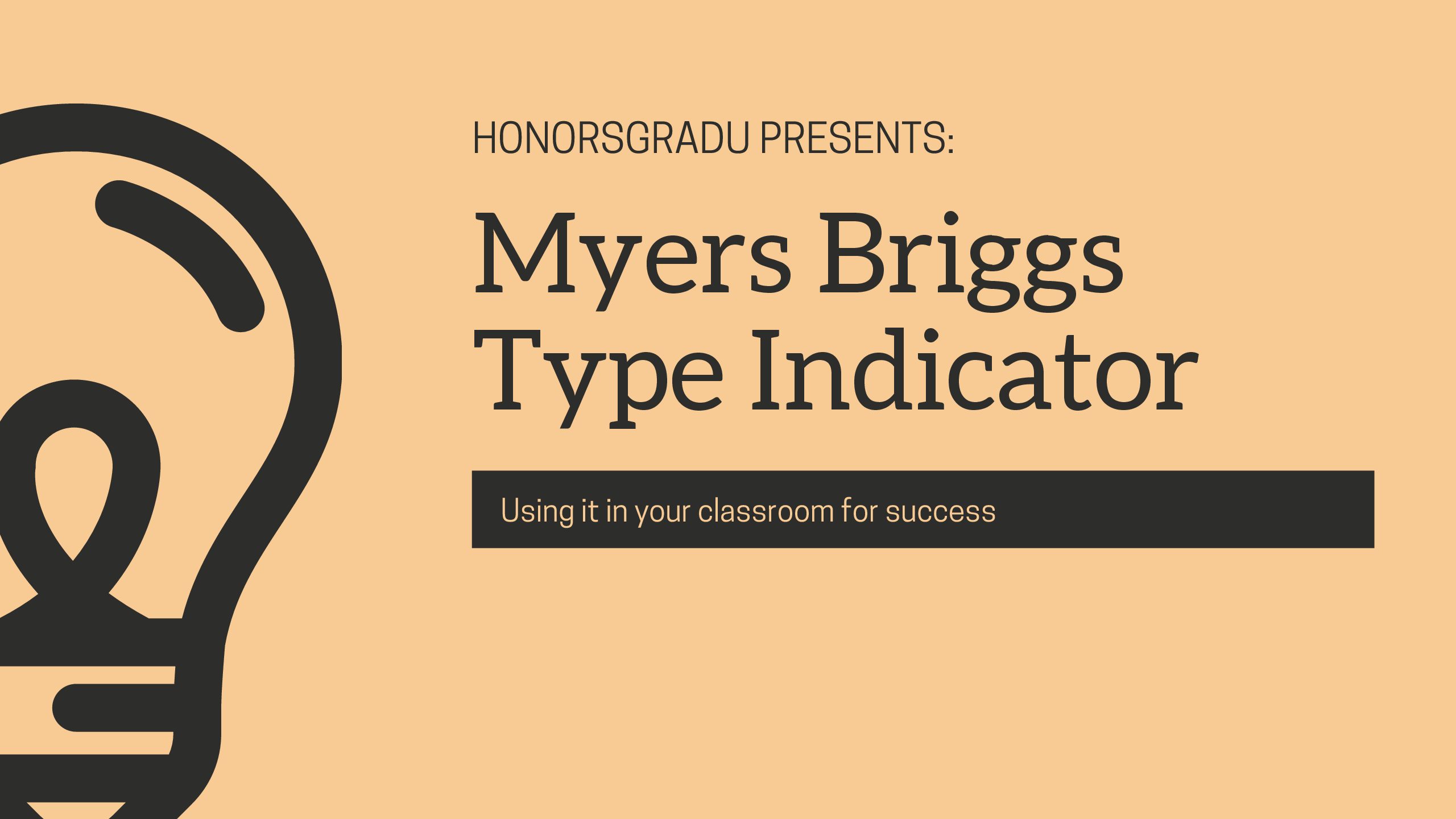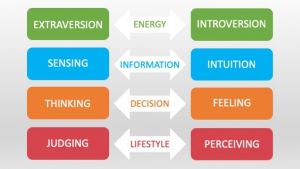I am excited to dive into The Child Whisperer types and give you tools to utilize them in your classroom. The best part is that this book and personality typing were made for kids. So let’s dive into type one!
For The Child Whisperer types, it’s important to remember that this is not just personality typing, it’s channeling in on a child’s energy and how they use their energy. Most everyone has all four types in them, but one or two shine through the most in the majority of situations.

Type one is typically known as “The Fun-Loving Child”. A type one child’s primary connection to the world is to be social and their primary need is to have fun and happy adult interactions. They want to play, move, and go all of the time.
Words that describe a type one: social, smiley, friendly, flighty, busy, messy, active, outgoing, talkative, mischievous, funny.
Tips for teaching a type one:
They love learning through games.
If you feel disconnected from them, take away the seriousness of school and let them relax and play for a time.
Ones need time for talking. They are extremely social and can handle school better if they are given the support of meeting their needs as well.
Type one kids are so fun! They can be exhausting to keep up with at times, but other times, their energy is exactly what you need to get through the day!
Do you teach a type one child? What other tips would you add to this list for teaching a type one?
Cover photo from thesmallfryblog.com










